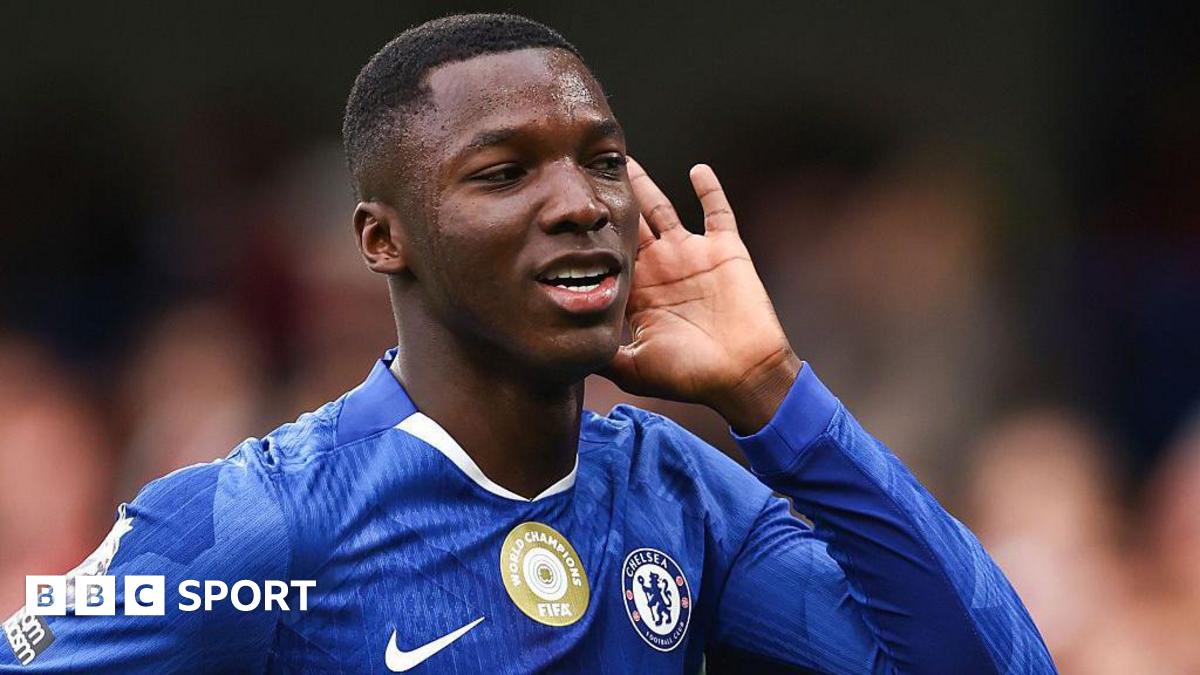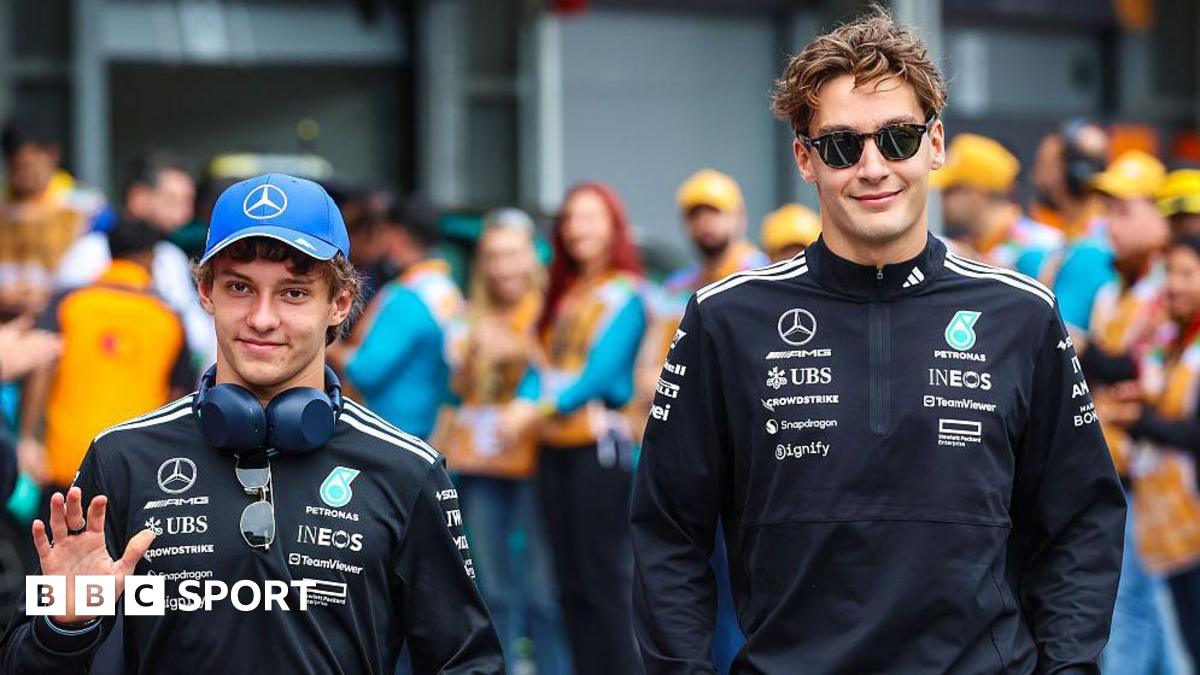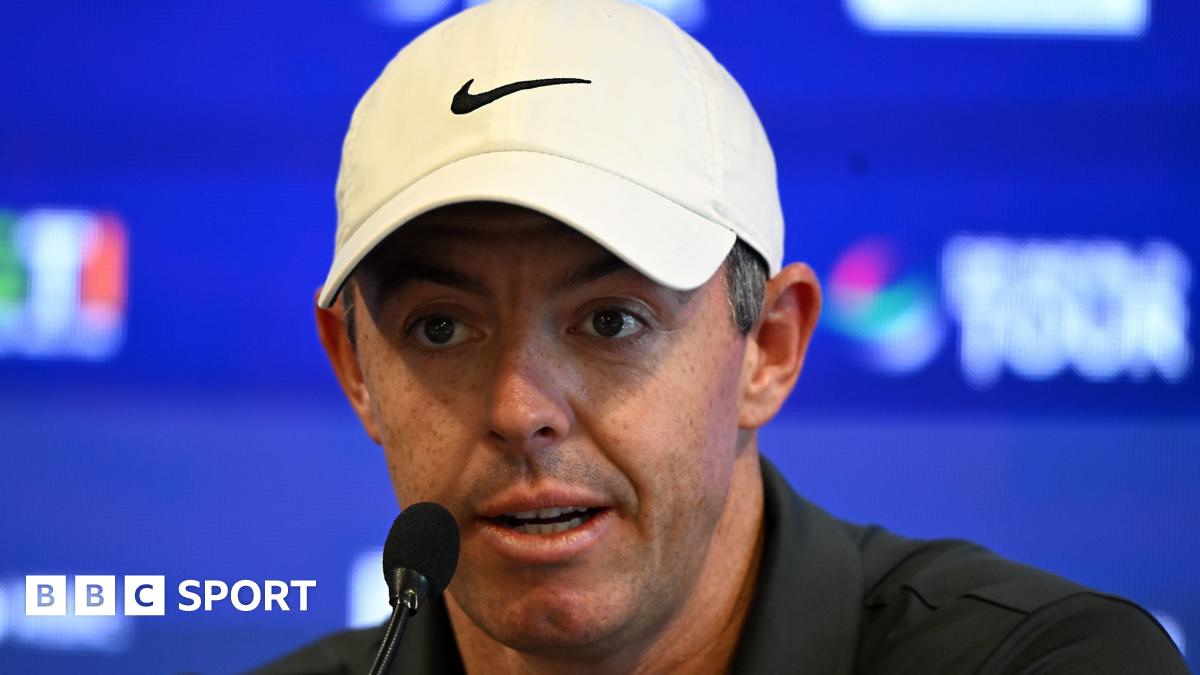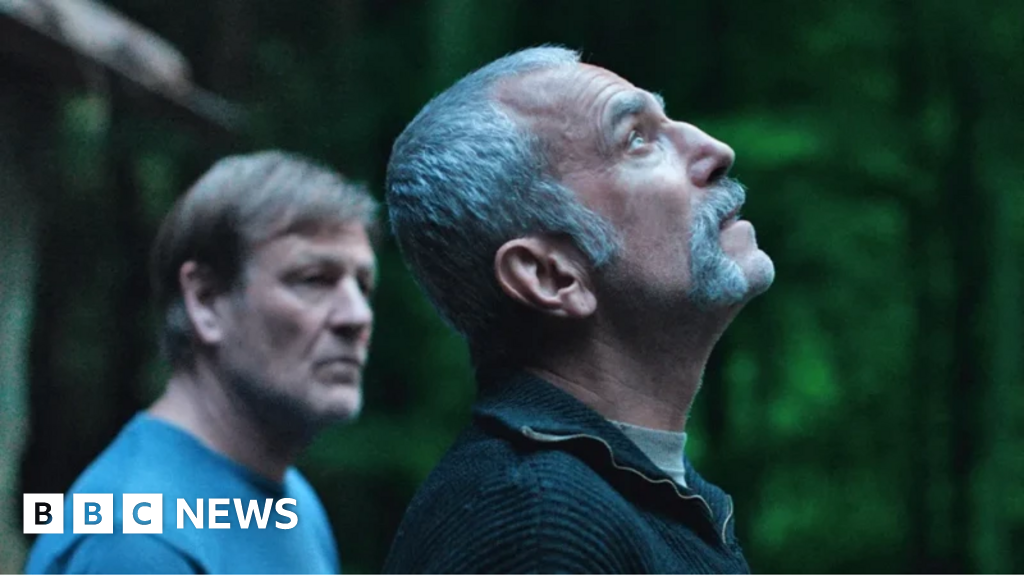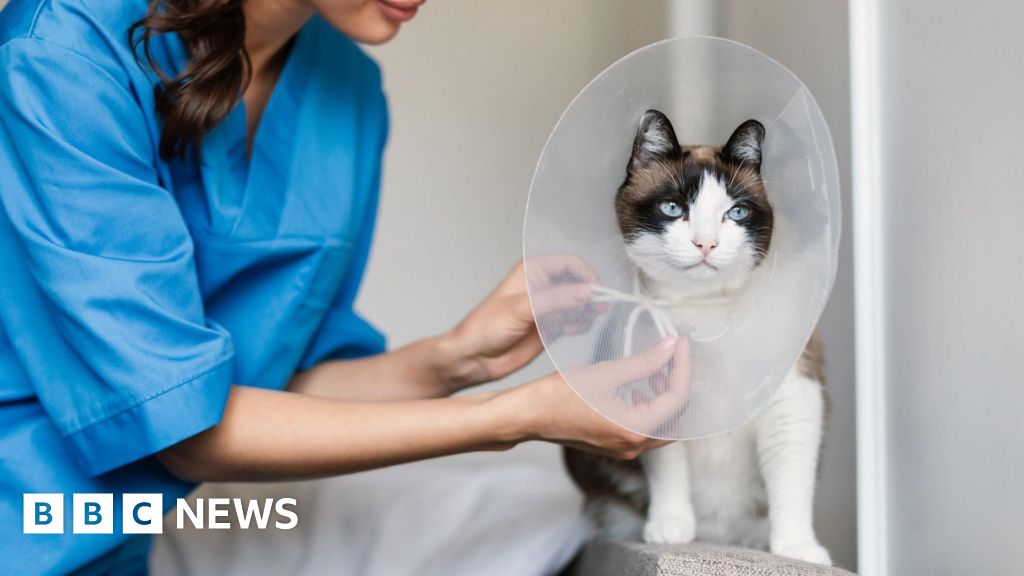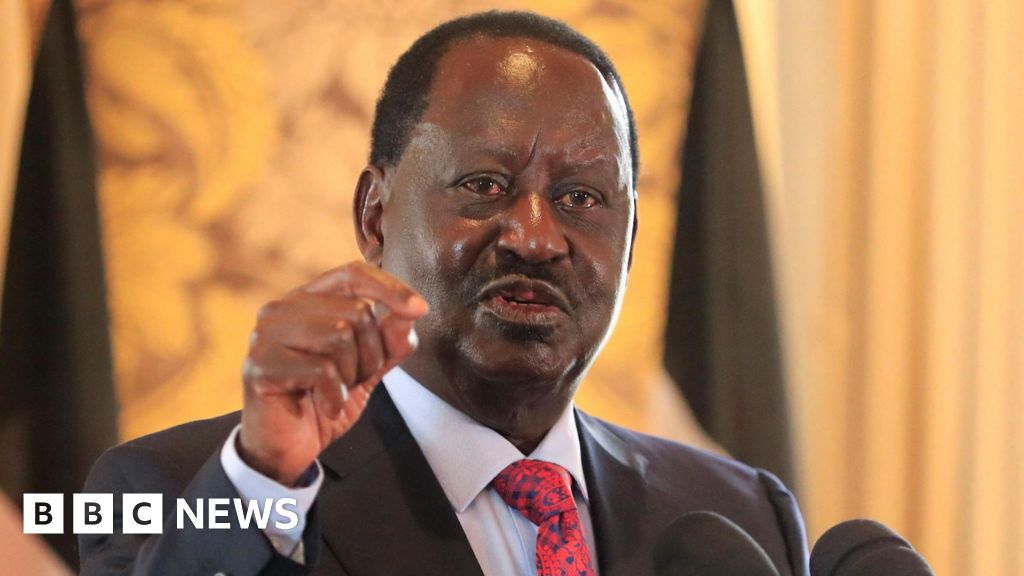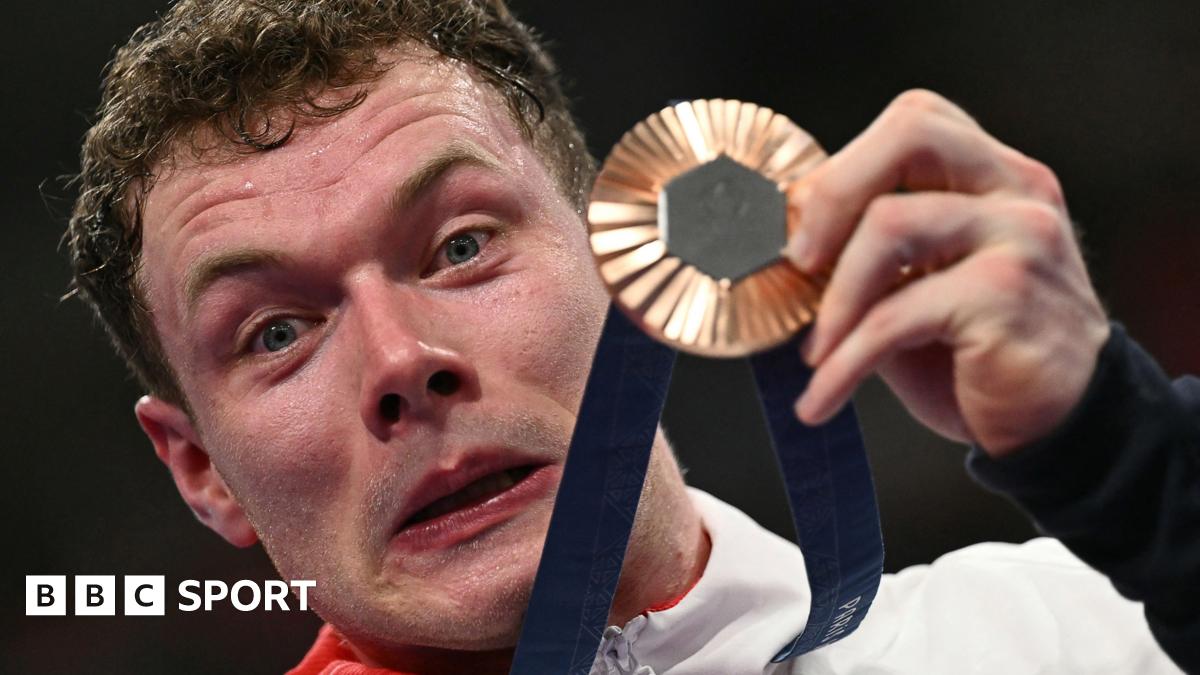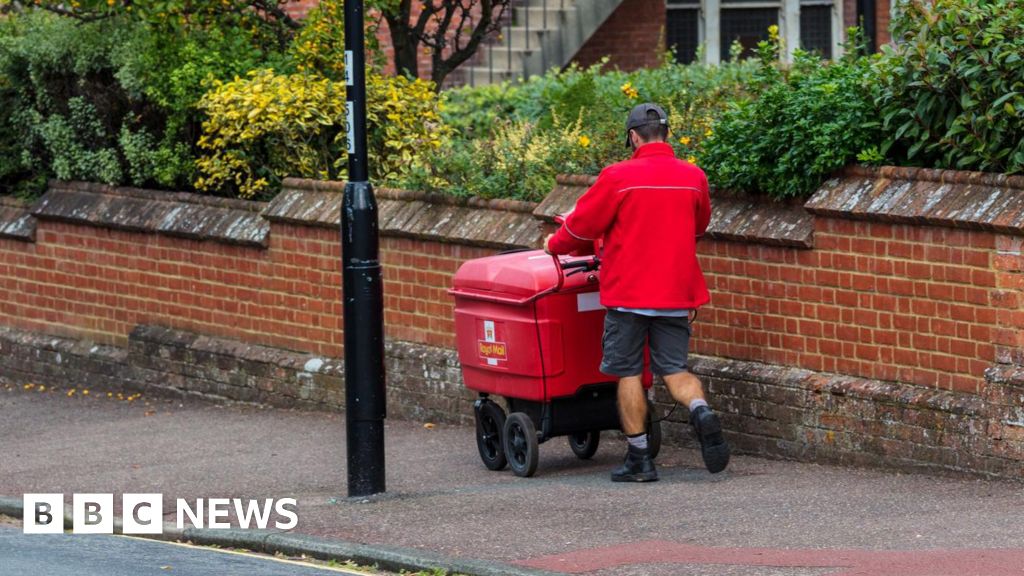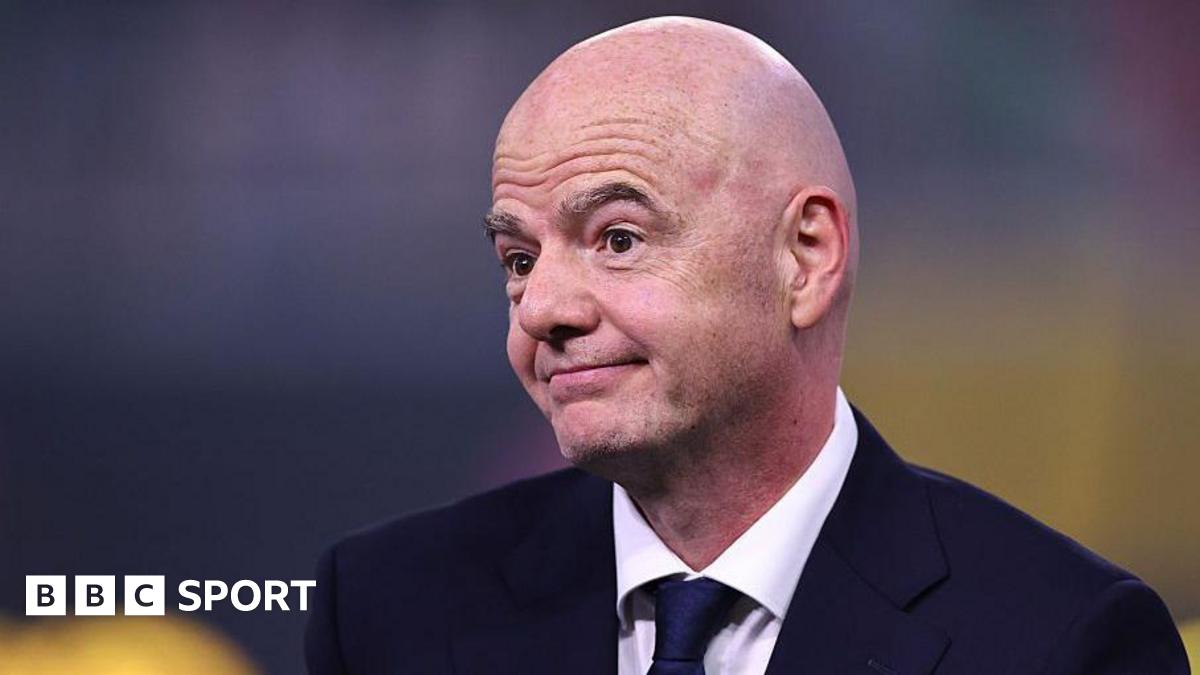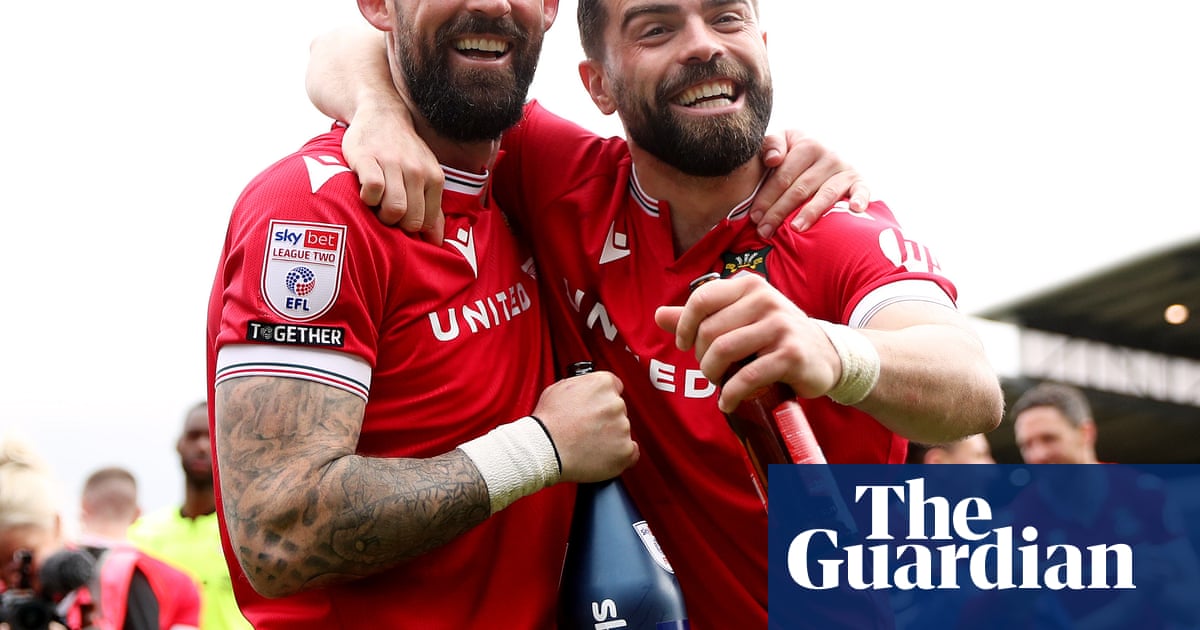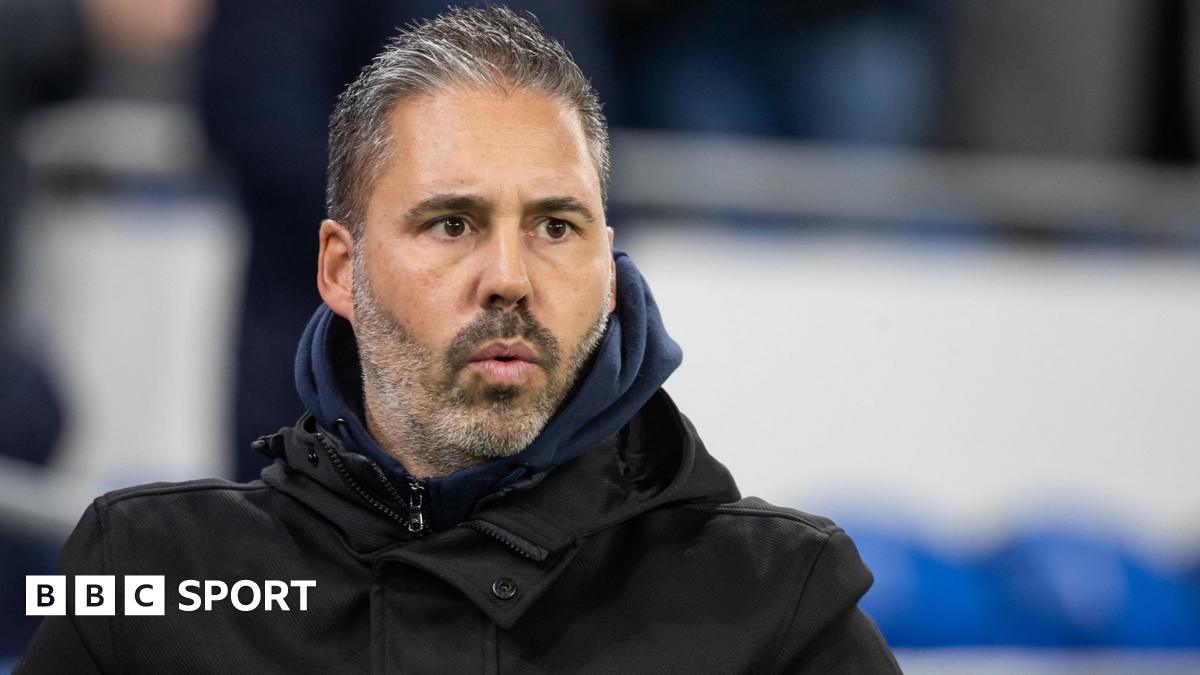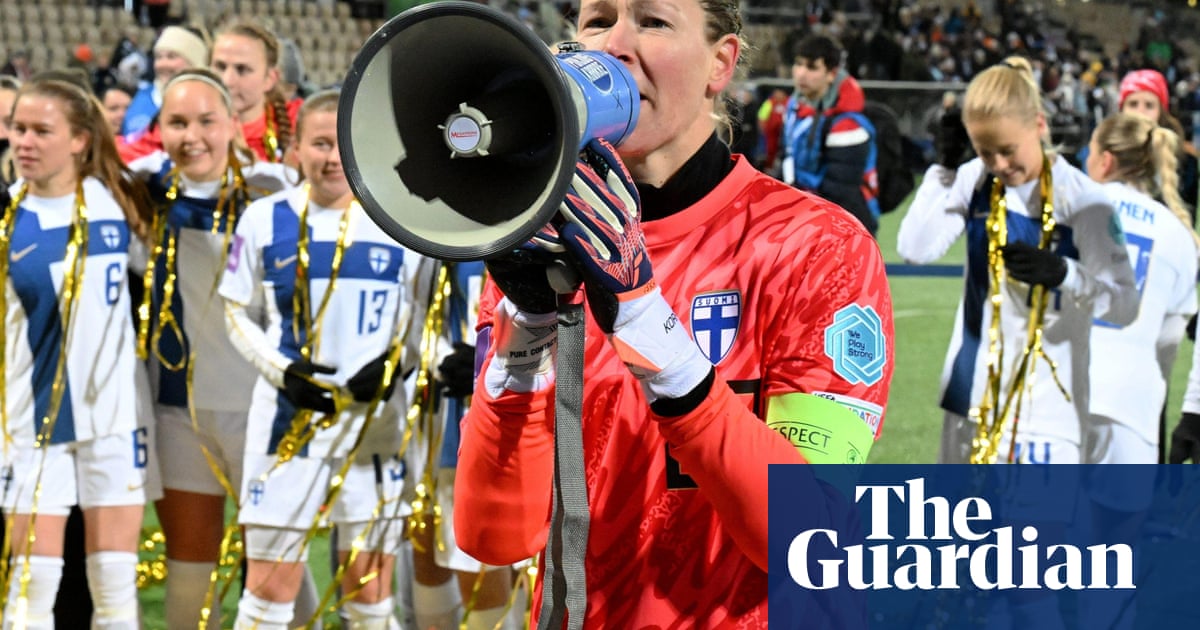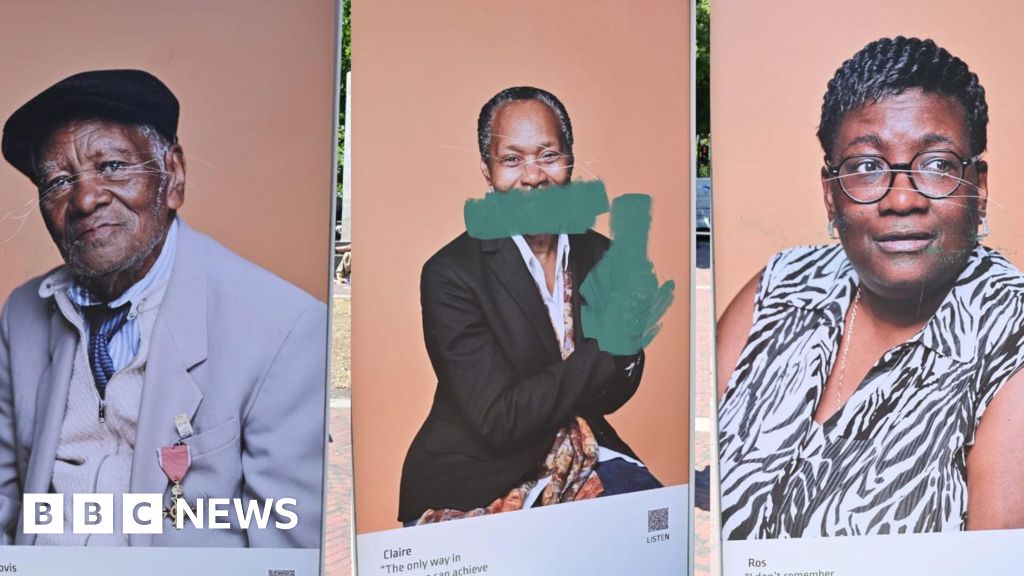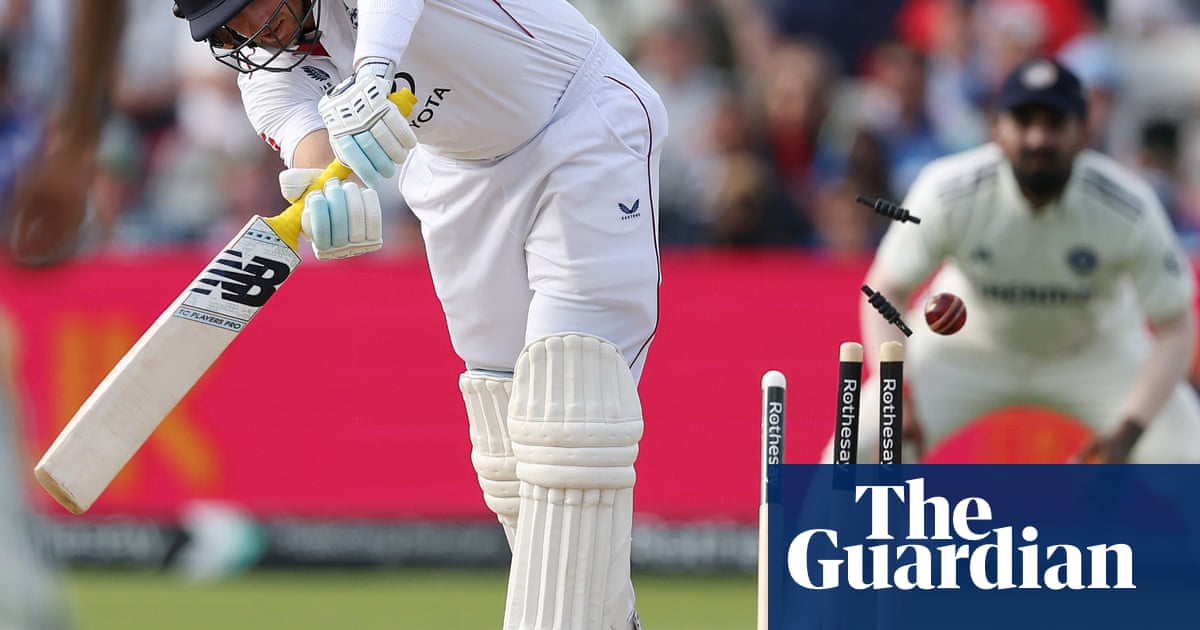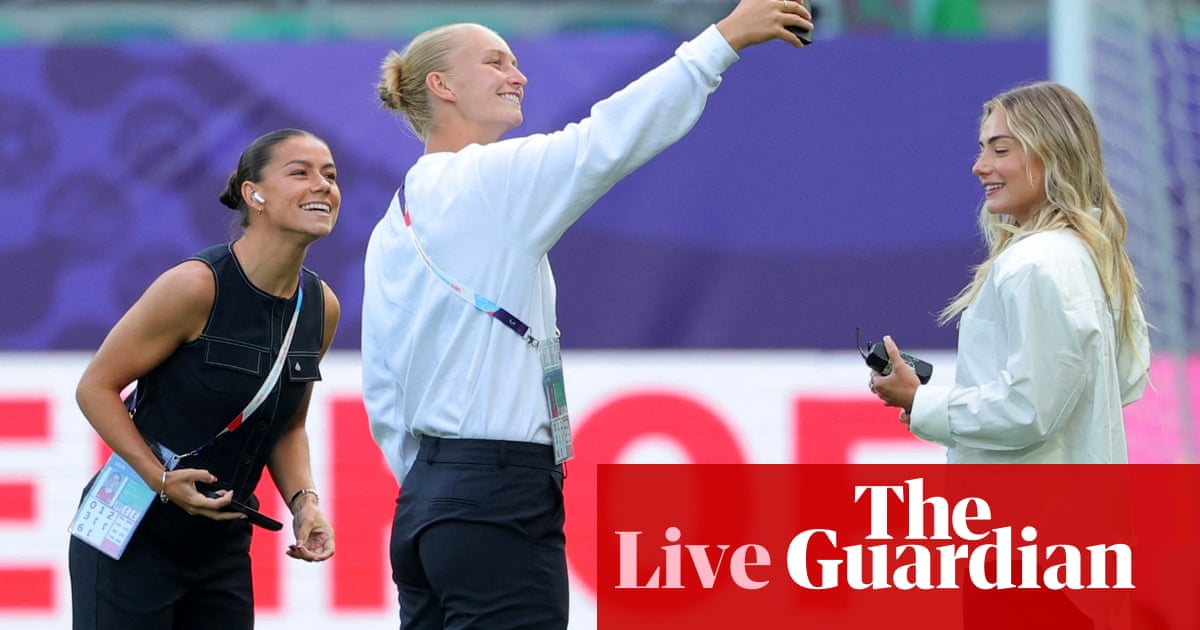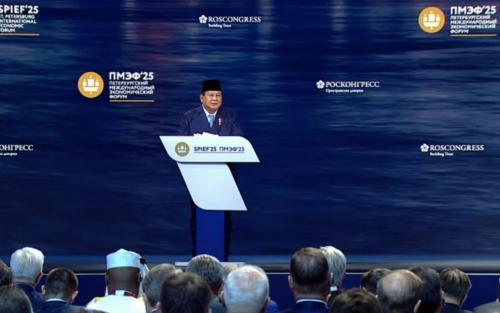Classic Football Shirts' Doug Bierton shares his favourite shirts from an impressive collection
Brazil 1970. Liverpool 1984. Netherlands 1988. Arsenal 1991.
Which is the greatest football shirt of all time? The debate is not a new one.
Yet, for more than a hundred years, most football kits failed to stoke the imagination at all. Even for a professional club it was practicality over pomp.
Predominantly kits were kept to a single colour - two if you were feeling bold, three if you were feeling like a maverick. Stripes, hooped and halved were as adventurous as designs got.
Wind forward to the modern day, however, and shirts are now as much a fashion item as a means of identifying players on a pitch.
So how did we reach this point? What were the seminal moments that shaped the adulation afforded to football jerseys today? And what next for the sellers and buyers of the retro shirt industry?
How a chance encounter changed the game
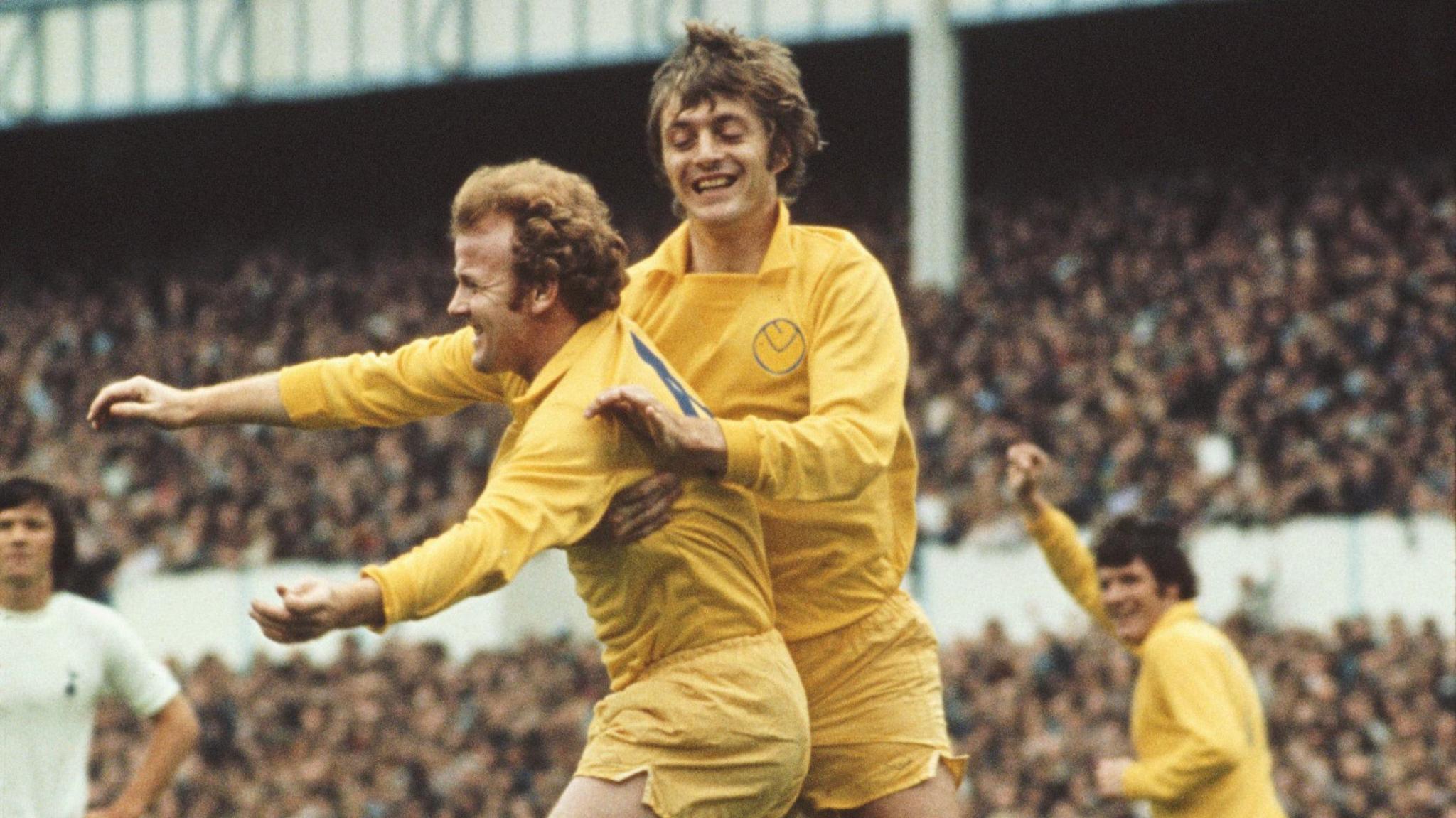 Image source, Getty Images
Image source, Getty Images
In times gone by, each season a club would buy a set of shirts and they'd likely be worn for the entirety of the campaign - home and away.
But as David Moor, author and editor of the Historical Kits website, explains, all that changed after a chance encounter between then Leeds United manager Don Revie and Bert Patrick, founder of Admiral sportswear company.
"Up until then, Leeds just wore white shirts," says Moor. "As a fan you could go into any sports shop anywhere in the country and buy a plain white shirt with their logo on it.
"There was nothing to differentiate that one from one sold by another store. Patrick's idea was to redesign and copyright the kit so nobody could steal it, nobody else could manufacture it.
"He'd charge a premium to the public for buying it but more importantly he'd pay Leeds to wear it."
The result was Leeds' now iconic yellow shirt, which the team wore for all away games that year. Until then teams would only wear their alternate shirts if there was a kit clash. The idea was a success and it wasn't long before other clubs followed.
Admiral were the originators of the movement, but other brands like Umbro soon joined the party.
"Soon the football kit became every kid's desired Christmas and birthday gift," said Moor.
"Over the next few years more and more clubs, including particularly the big ones who were at Wembley for the big showpiece matches, came out of the tunnel wearing a brand new specially designed kit.
"This completely revolutionised the way football kits were looked at," Moor added.
It's also worth noting the important role the invention of the colour television played in all this. As more TV sets found their way into homes and businesses, the daring new designs and colour schemes had a means by which fans could appreciate them in all their glory.
Italia '90: Gazza's tears and the restoration of national pride
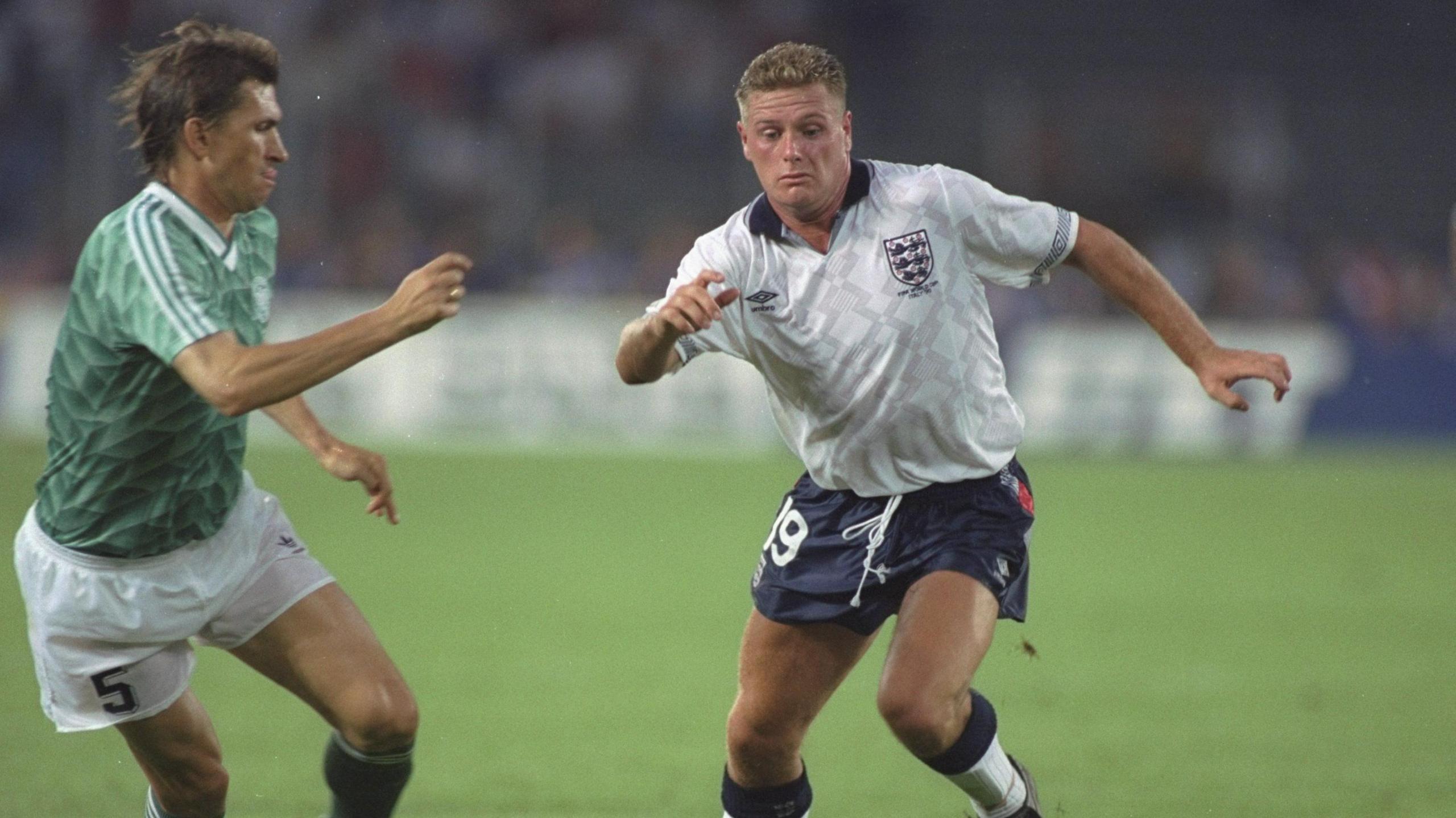 Image source, Getty Images
Image source, Getty Images
"First and foremost, the easiest way for a kit to become iconic is if the team was successful in it," podcast host and football historian Peter Kenny Jones tells BBC Sport.
England were famously beaten by West Germany on penalties in the semi-final of the 1990 World Cup in Italy but, after decades of underperforming at major tournaments, Bobby Robson's team showcased the skill, determination and strength of character that fans had been calling out for.
"Although England didn't win that tournament, they came home to an open-top bus parade and the whole country gathered around them," Jones added.
"Paul Gascoigne become a national hero. Iconic moments like him crying and Gary Lineker asking the bench to have a word."
Not only was there an increase in sales of England shirts during and after Italia '90, the jersey remains a fan favourite to this day.
However, it wasn't only the Three Lions jersey from that tournament that caught the imagination.
Football fans Doug Bierton and Matthew Dale, who met while studying at university, have turned the sale of retro football shirts into a near-£40m business empire.
The kit that started it all? The West Germany home shirt worn at that World Cup. "I think it cost £20 in a charity shop in the student area of Manchester. I couldn't believe my eyes when I saw it," Bierton says.
Italia '90 was the first major football tournament Bierton watched on TV and it was the initial difficulty in tracking down this specific shirt, worn by the likes of Rudi Voller and Lothar Matthaus, which led him to assume other fans had similar problems when searching for an old jersey.
The idea for Classic Football Shirts was born. The company began from a spare bedroom and the first few shirts were bought using Bierton and Dale's student loans.
"My goal was to collect every kit from Italia '90," he said. "But the problem is, they only made half of them that you could buy in the shop. So you've got to dig around, contacting ex-players, going down wormholes to find them. I've ticked off most, but I'm missing four.
"So I need Cameroon 1990 away, United Arab Emirates home, Uruguay home, South Korea home. Then I've got the full set."
Bierton has a personal collection of about 6,700 match-worn shirts, while his company's warehouse is home to a million football shirts.
Premier League names and numbers changed everything
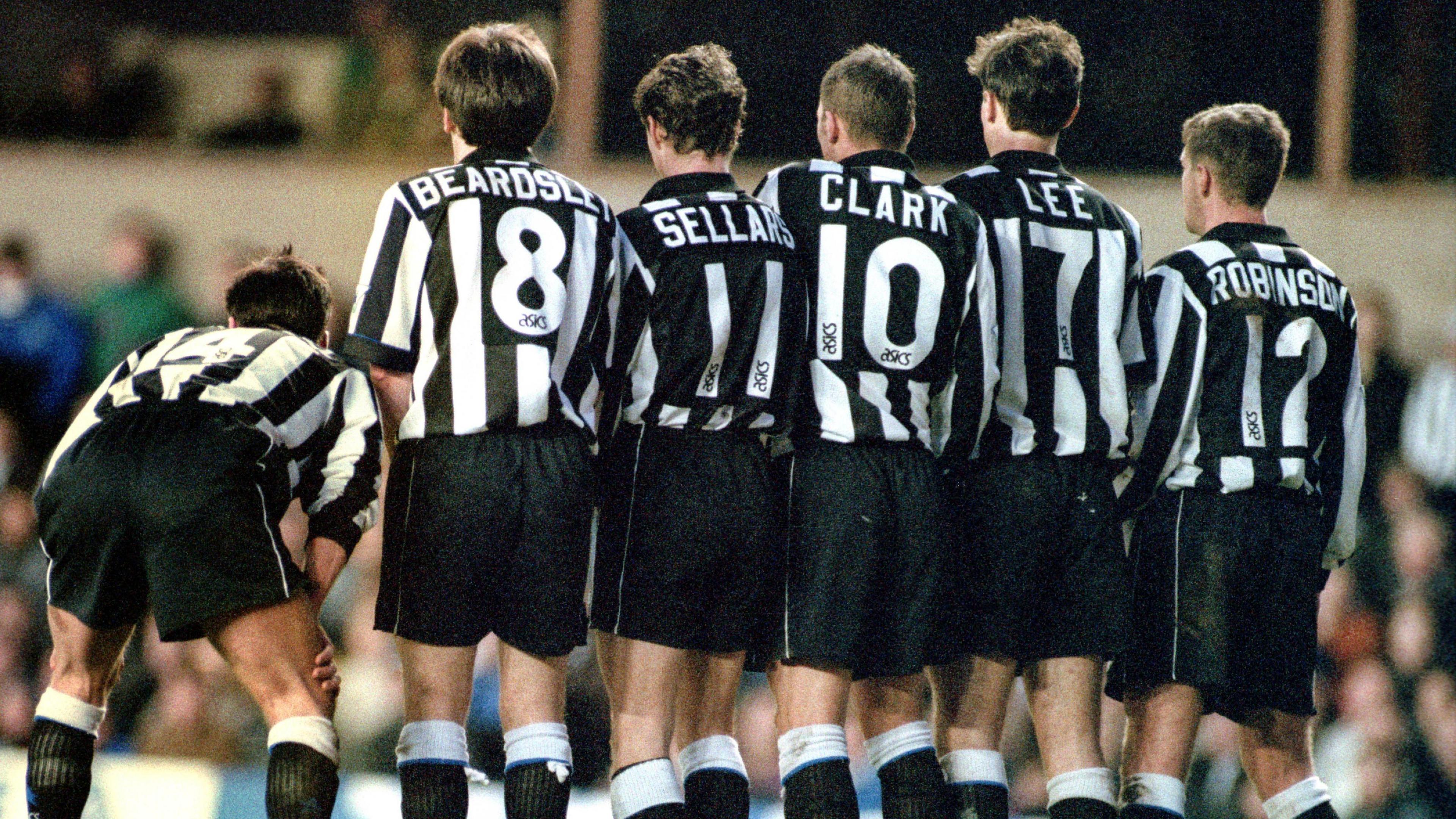 Image source, Getty Images
Image source, Getty Images
The arrival of the Premier League in 1992 heralded big changes, not least in the amounts of money invested into the sport.
As player transfer fees and wages skyrocketed, so too did sales in replica shirts. What seemed a small change for the 1993-94 season made a huge impact. The league announced that all players would have their names printed on the shirts, as well as players having squad numbers.
Suddenly a fan could wear a team's shirt - but with the added bonus of supporting their favourite player.
A shift in the market
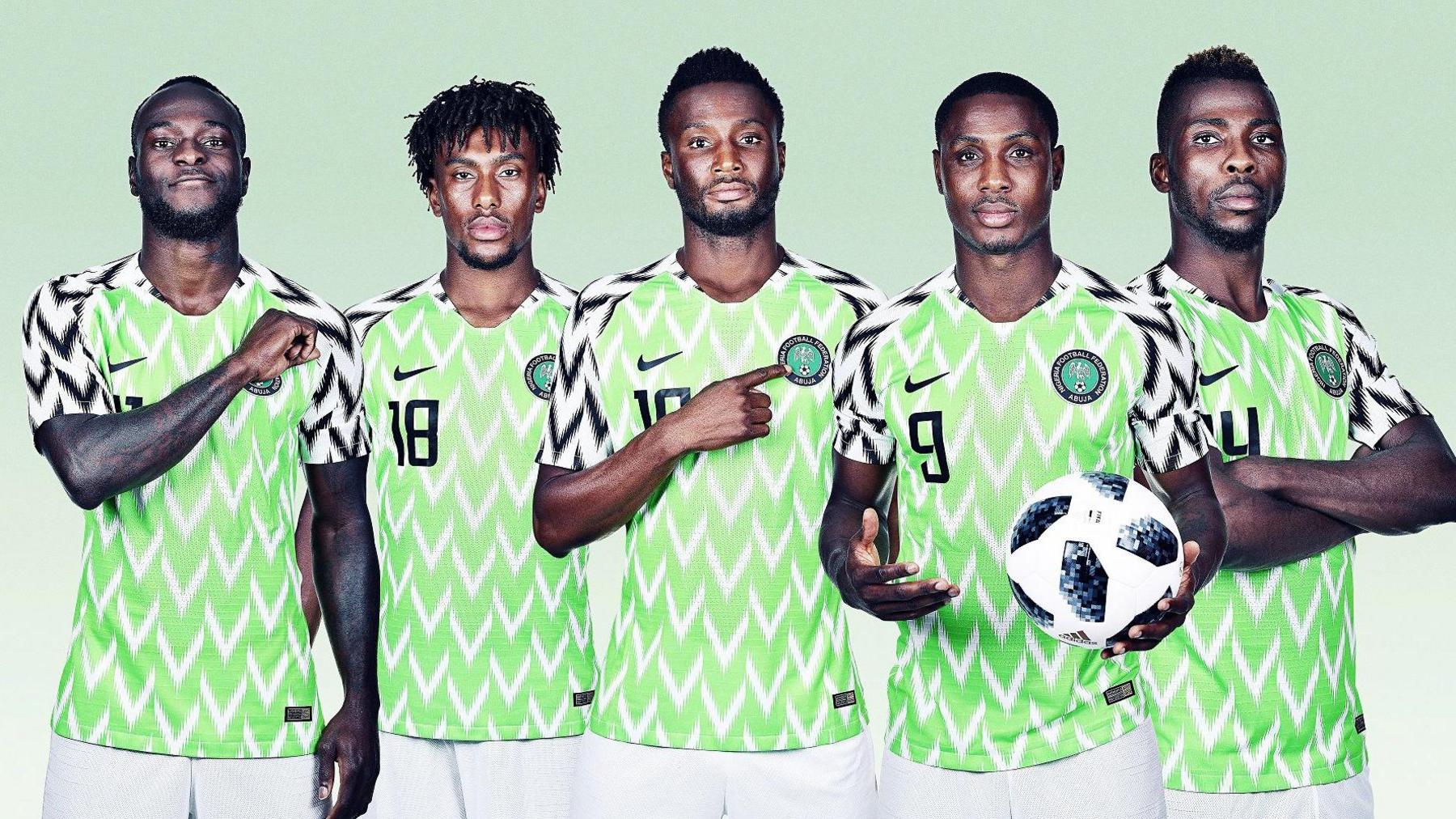 Image source, Getty Images
Image source, Getty Images
Fast-forward to 2018 and for most football historians, the Nigeria shirt for the World Cup in Russia was the moment a football shirt became a fashion statement.
As the folklore around the shirt grew so did demand - and the manufacturer simply couldn't keep up.
"Everyone wanted this shirt," Jones said. "The issue was everywhere you went it was sold out.
"Suddenly what we saw were accounts popping up on social media sites claiming they could 'get their hands' on a few shirts."
Such promises came with no assurance the shirts were official and, more often than not, they weren't.
By now modern kits were made mostly of polyester, and the ability to replicate the designs meant forging the genuine shirts had become commonplace.
However, in a move to protect customers and the retro shirt industry, it's now common practice for reputable sellers to destroy any counterfeit products they come across.
The rise in demand for women's replica shirts
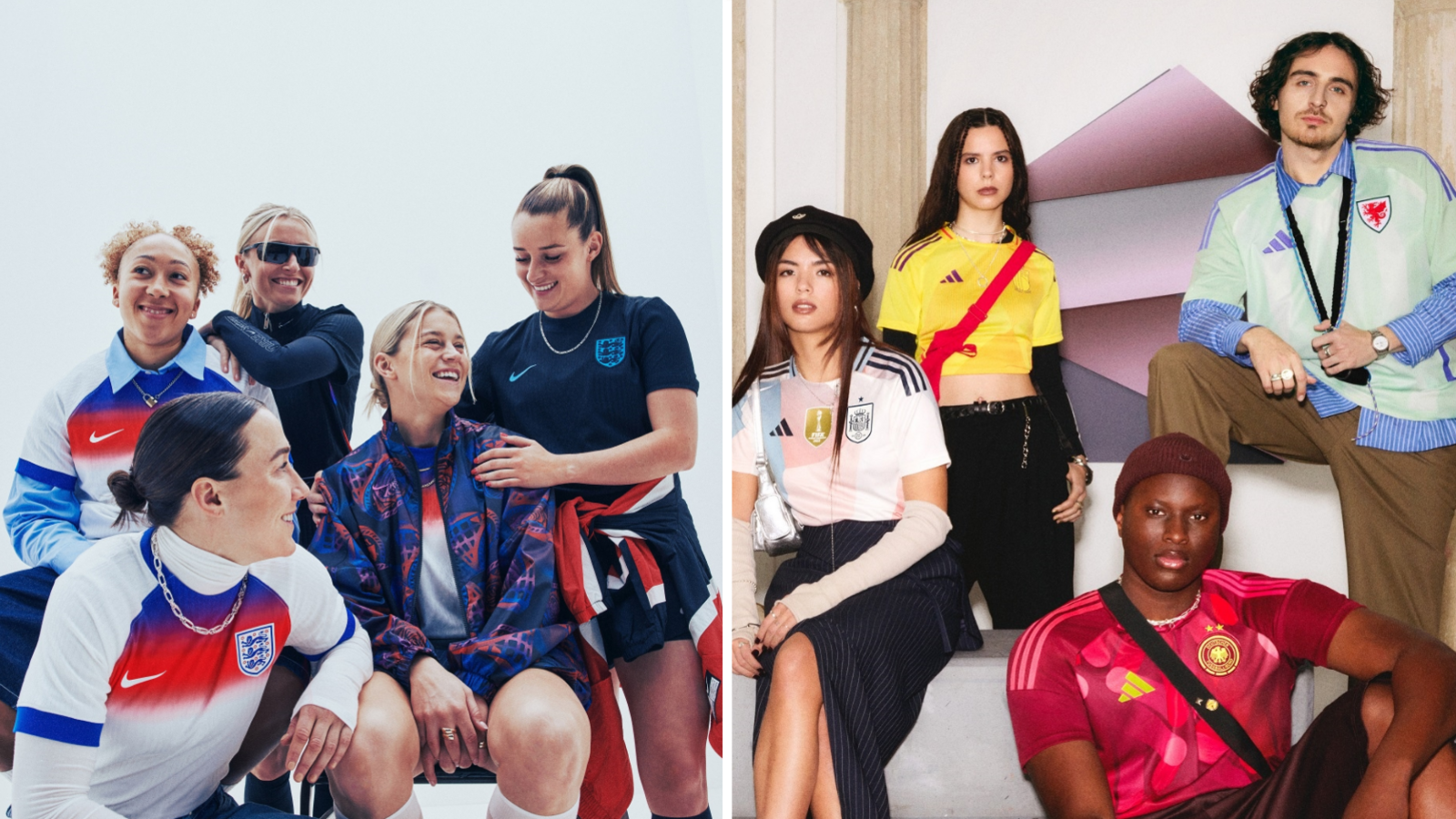 Image source, Getty Images / Adidas
Image source, Getty Images / Adidas
A number of women's teams at Euro 2025 had their own bespoke kits, that differed to their men's team
Once limited to wearing men's replica shirts, women can now buy shirts specifically for them. Meanwhile, the growth of the women's game has itself triggered a demand for women's replica shirts.
Many nations now have their own bespoke international shirts and the recent success of Sarina Wiegman's England side has meant Lionesses shirts are now in high demand.
For kit collector Arbon McNulty, the team's performance in France at the 2019 World Cup was the moment that triggered her love affair with them.
McNulty turned her passion into a profession and works for Foudys - the first and only store in the world dedicated to women's football. McNulty explains the Lionesses successes at the 2022 and 2025 European Championships have been vital in driving the sales and demand for the team's replica shirts.
"The people who come to us don't want Harry Kane or Declan Rice, they want Beth England or Leah Williamson on their shirt.
"There's now demand for retro women's shirts. People want a Kelly Smith or a Hope Powell shirt - previously you were never able to get those. Like me, I would have loved a Casey Stoney shirt and I'm glad that's now possible.
"We remade some retro shirts last year and they were so popular, and everyone loved them."
You just need to cast your mind back to the Mary Earps goalkeeping shirt debacle -where her 2023 World Cup shirt wasn't on sale to the general public - to understand what owning a jersey in support of your hero means to some football fans.
What does the future look like?
Whether collecting football shirts is a hobby or an investment, the industry shows no signs of slowing down.
"I think it can only grow. As more and more shirts come out, it means more and more shirts become retro," says Jones.
"Now when I hold a shirt from the 90s it's surprising how old it looks. They're always going to have value in them.
"Teams release three or four shirts every season. And whoever didn't or couldn't get them now will want them in a few years' time. So if you've got one, hold on to it," he adds.
The football shirt has created its own fashion trend. So much so, some of the world's biggest fashion brands now produce their own football-inspired designs - which have graced the catwalks of London, Milan and Paris.
Personal collections of jerseys span thousands of shirts and monetary sums reach millions of pounds.
Louis Bever is a photographer who combines fine art and football shirts - and, while he wasn't even alive at the start of the Premier League era, he admitted to BBC Sport he has an "unhealthy" number of shirts in his collection.
"The great thing about collecting shirts is I might not even notice what another individual considers the Holy Grail," Bever, who's an Arsenal supporter, said.
He added: "Somebody could be looking at getting their hands on a Carlisle shirt from the late 1990s because they think that is the ultimate shirt.
"That's why I love it. It's all purely based on nostalgia and your personal taste."
What each collector chooses to do with their prized assets simply comes down to personal preference. Some frame them to hang in an office, some lock them away in a vault and some wear them to the park for a casual kickabout.
The important thing appears to be - don't throw them away.
.png)
 5 hours ago
2
5 hours ago
2



